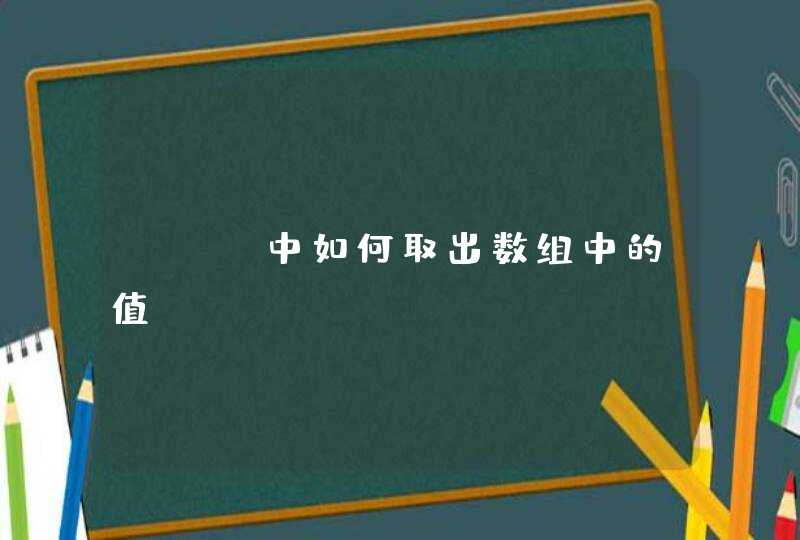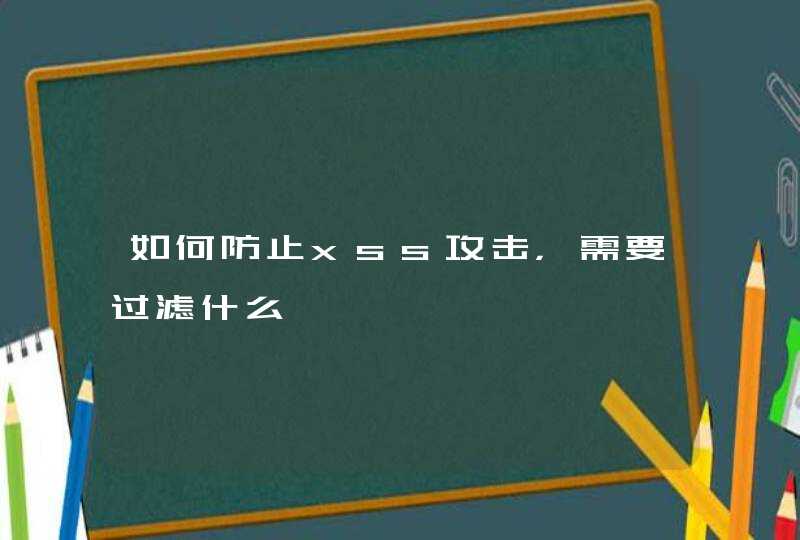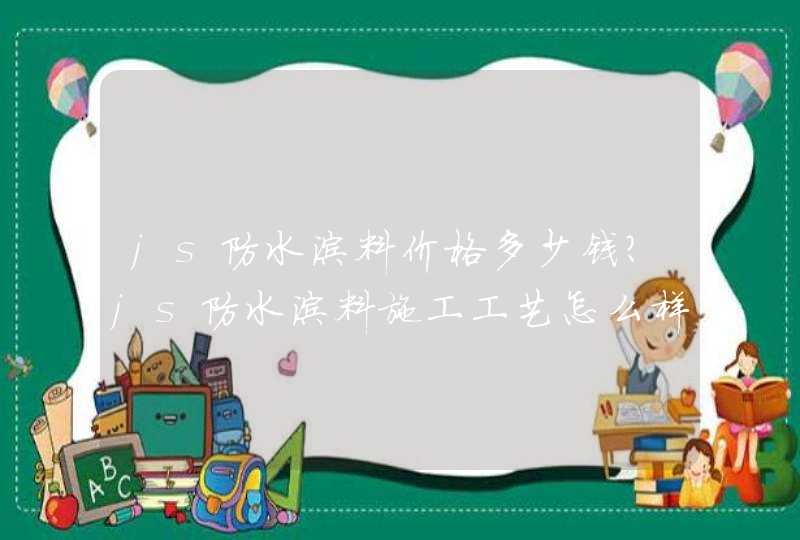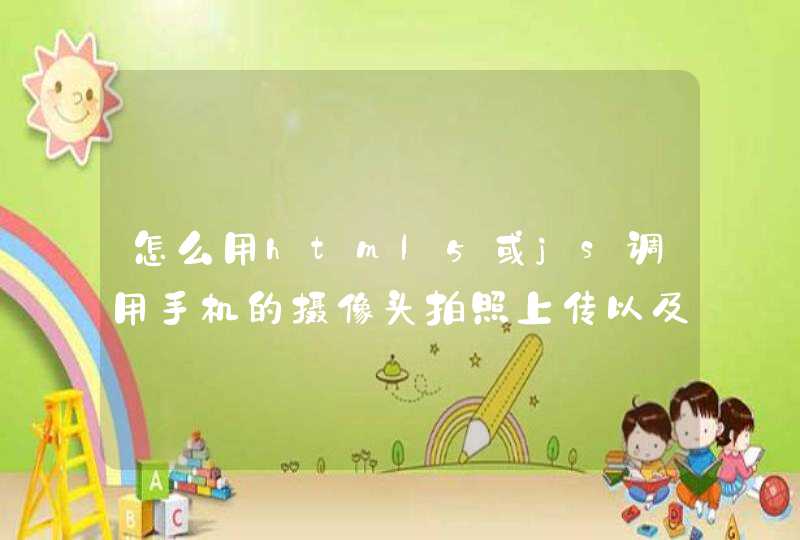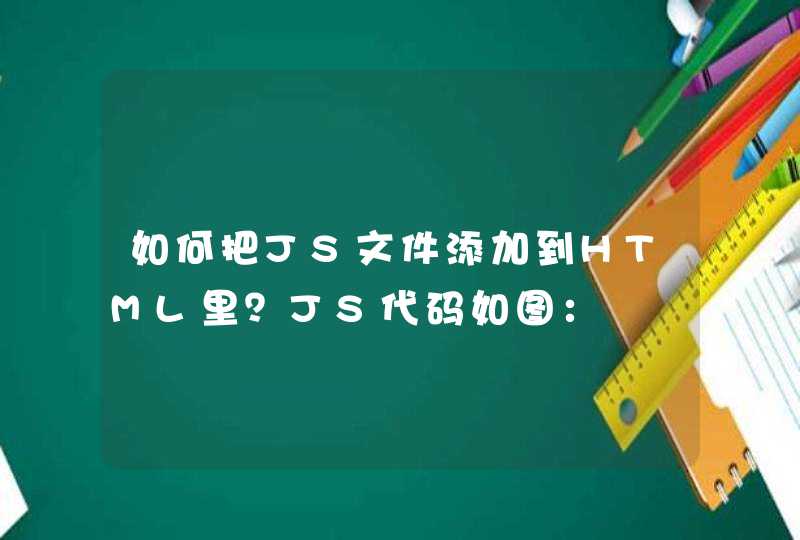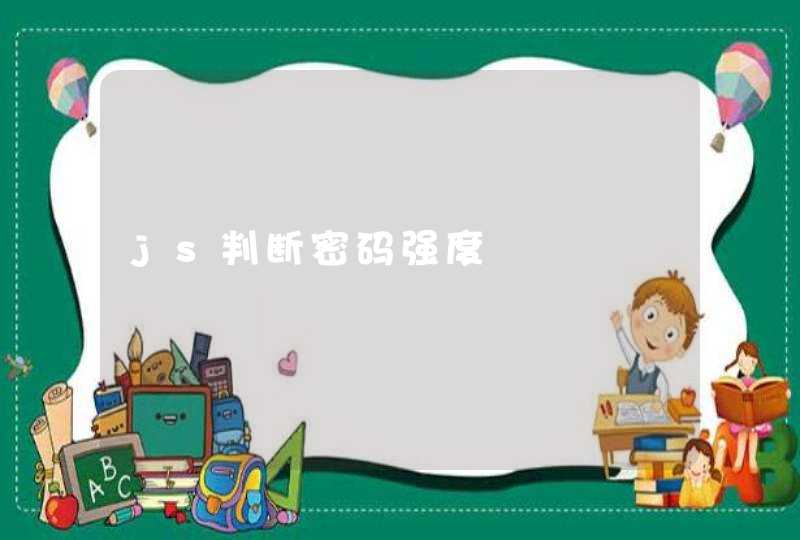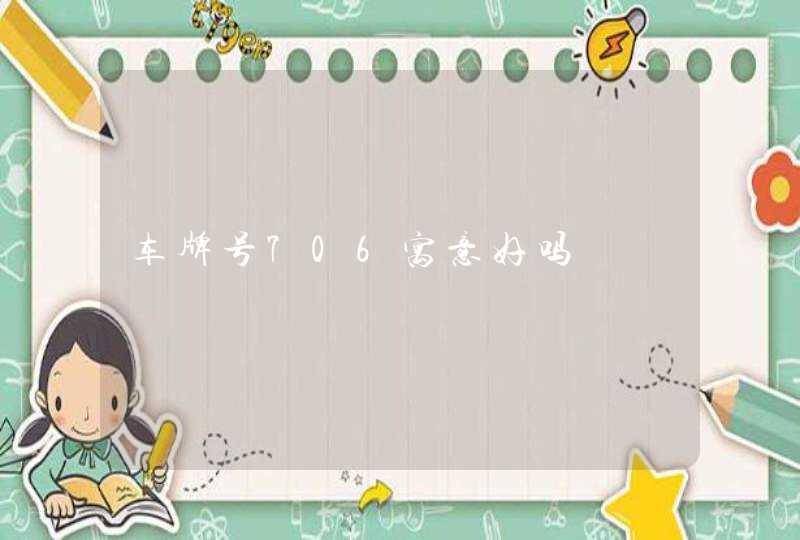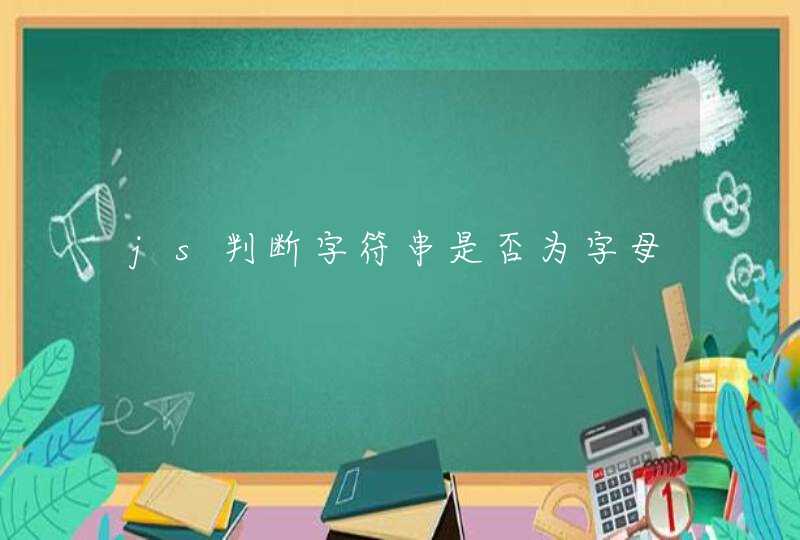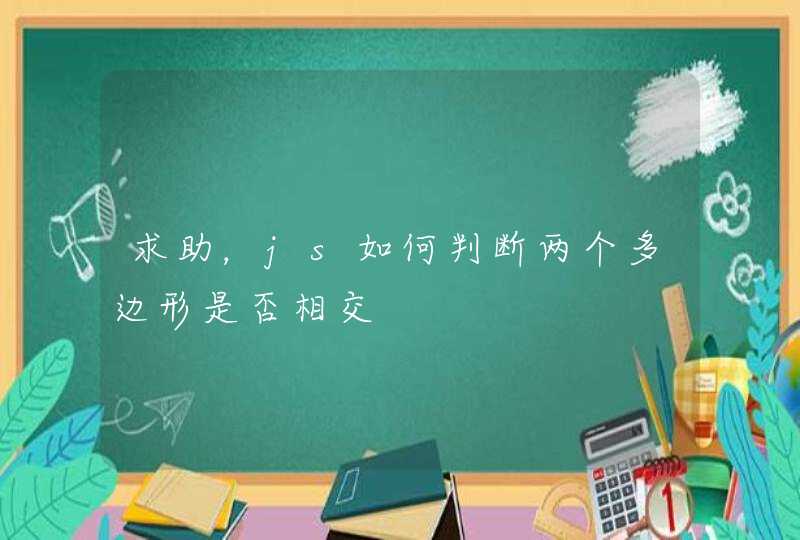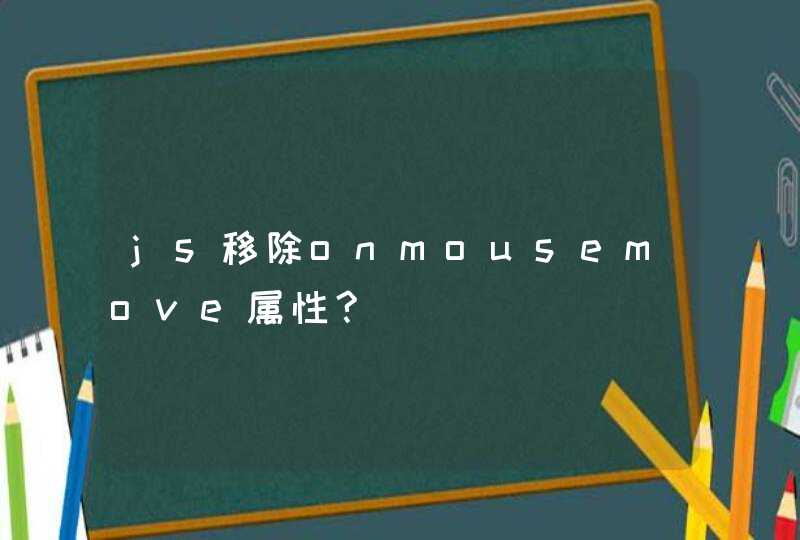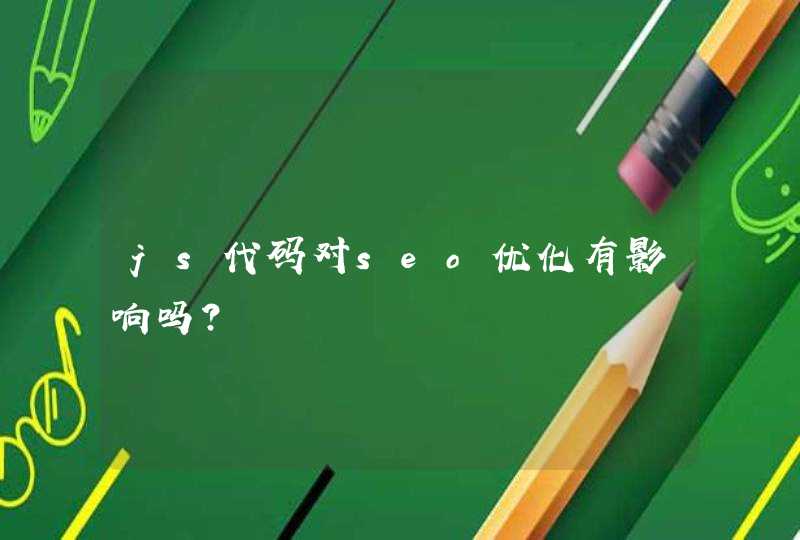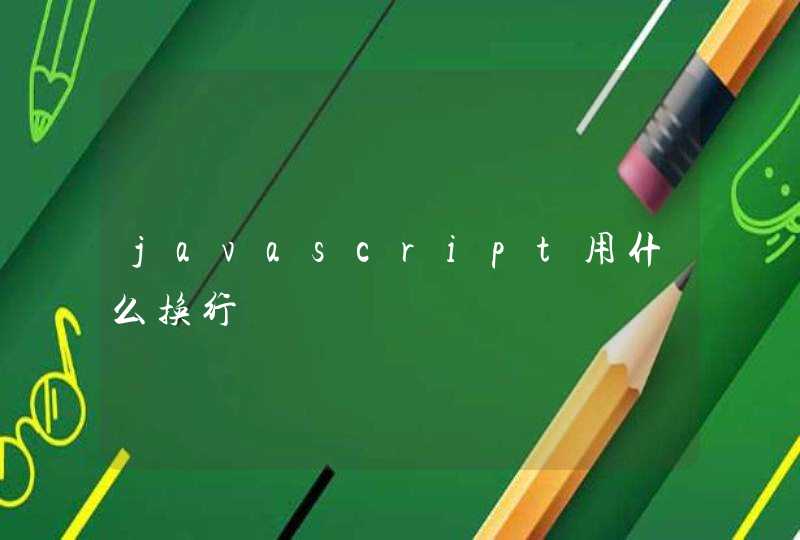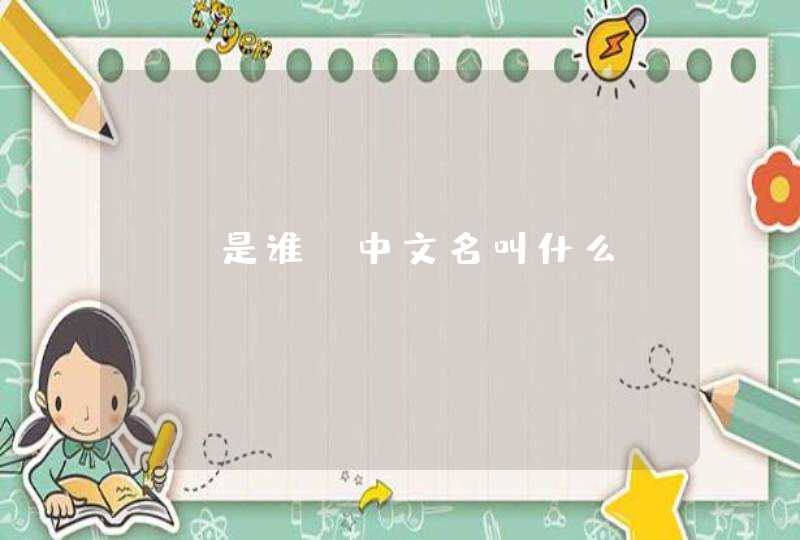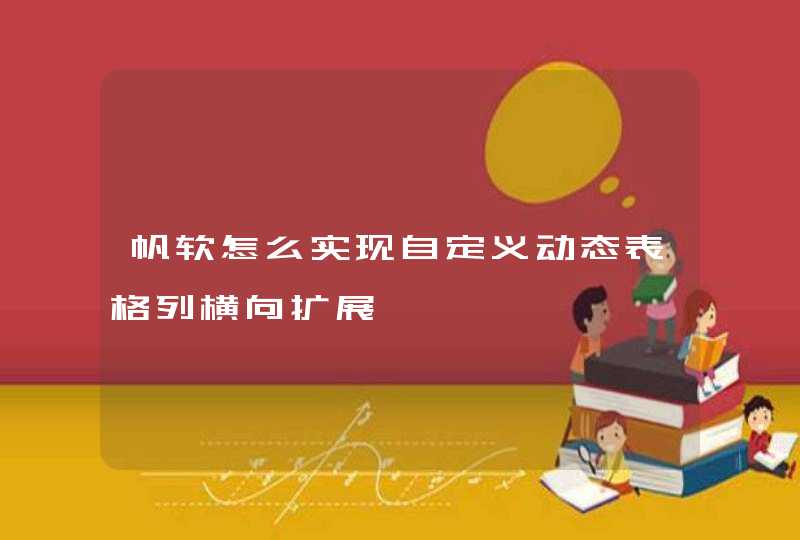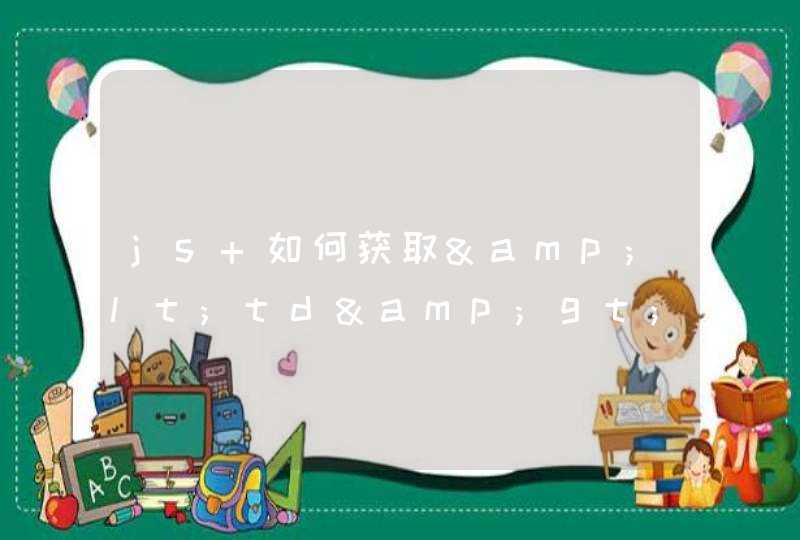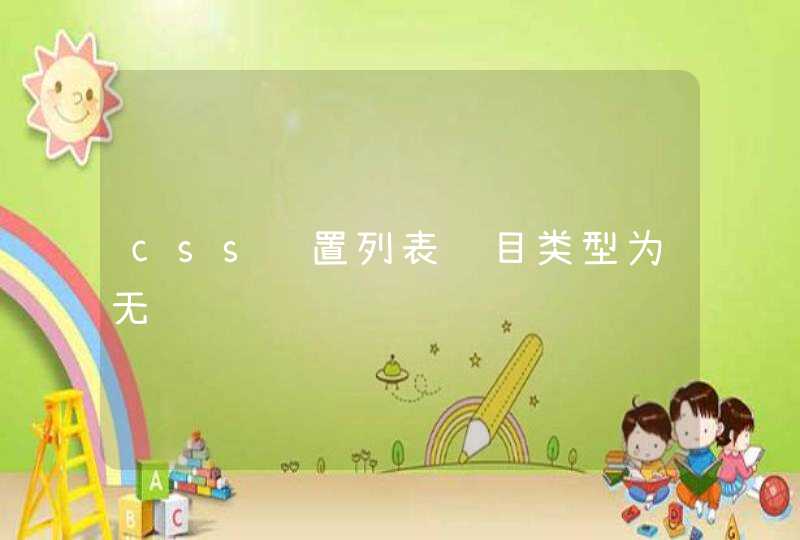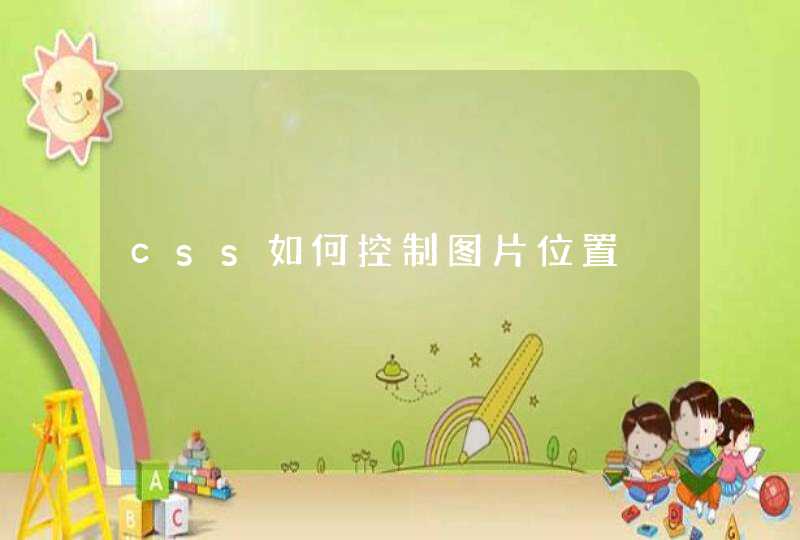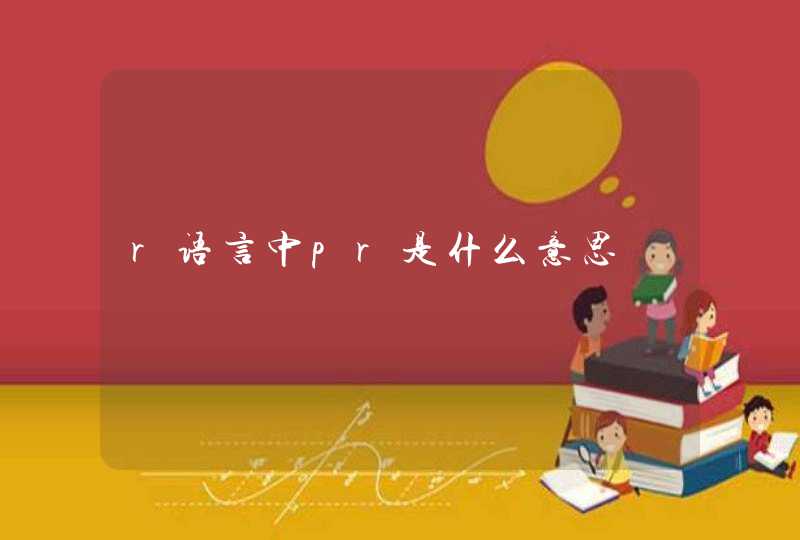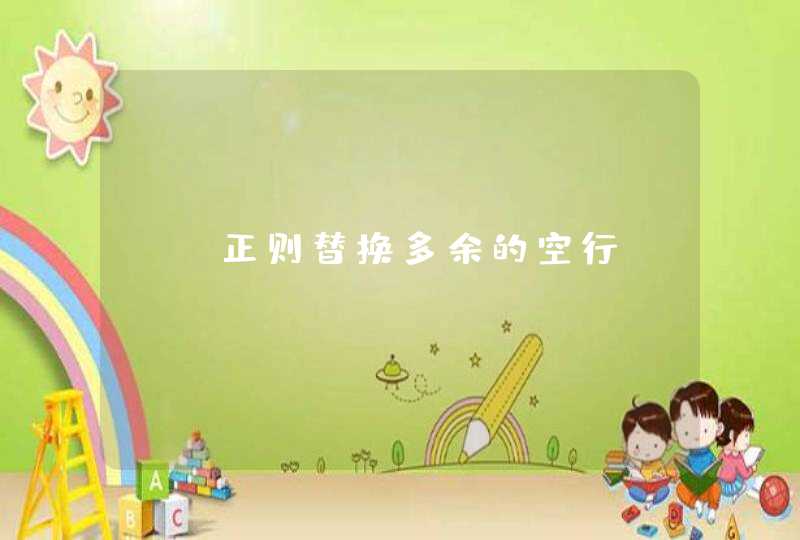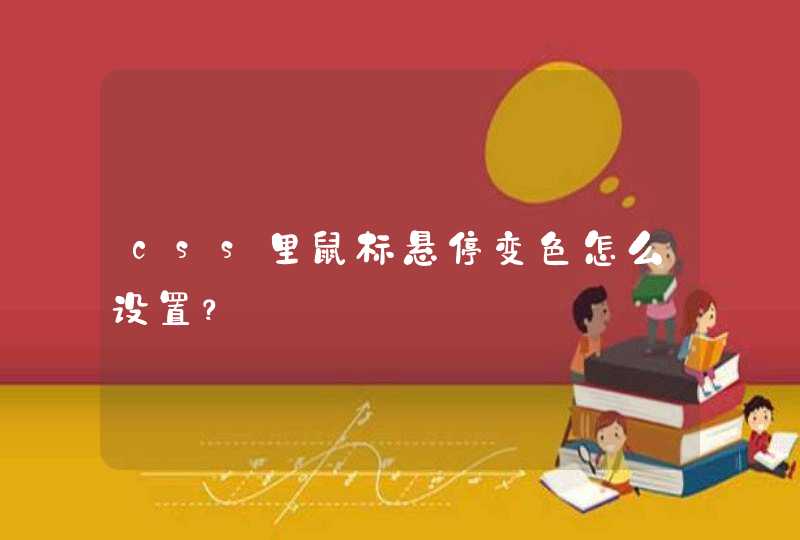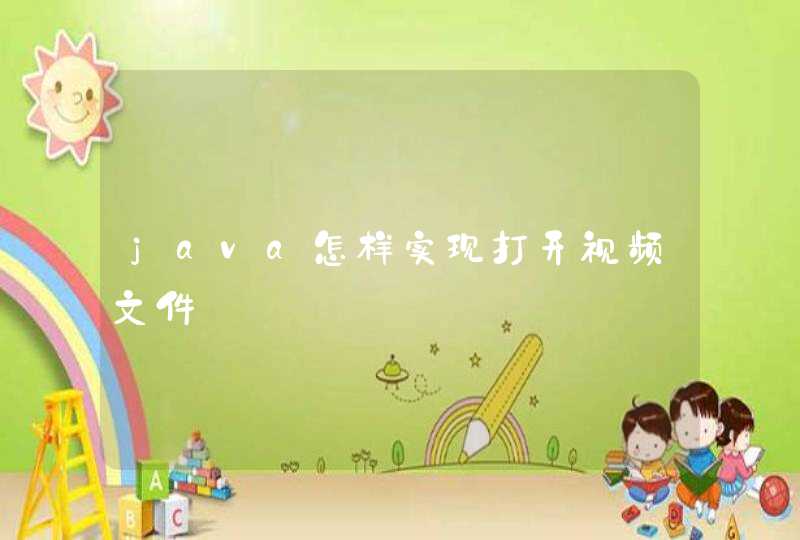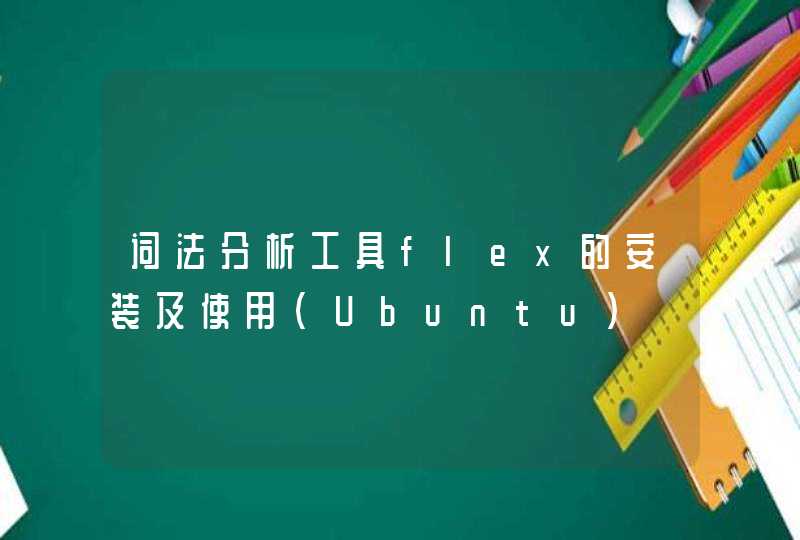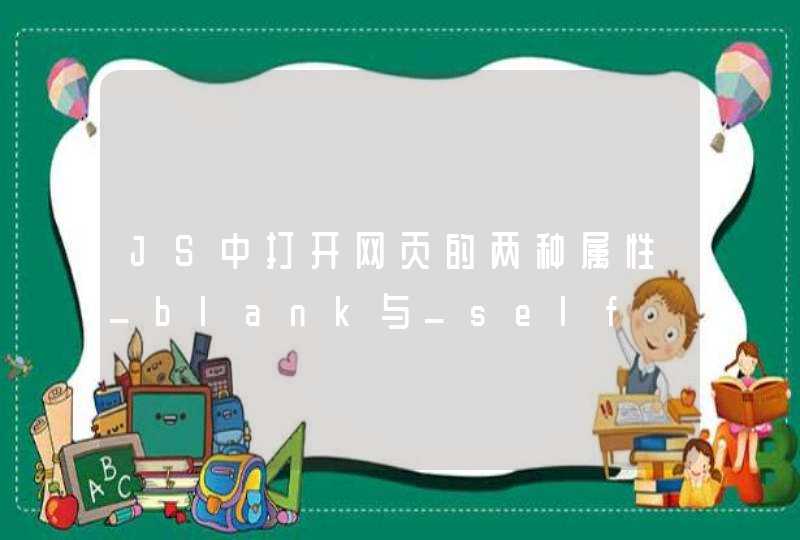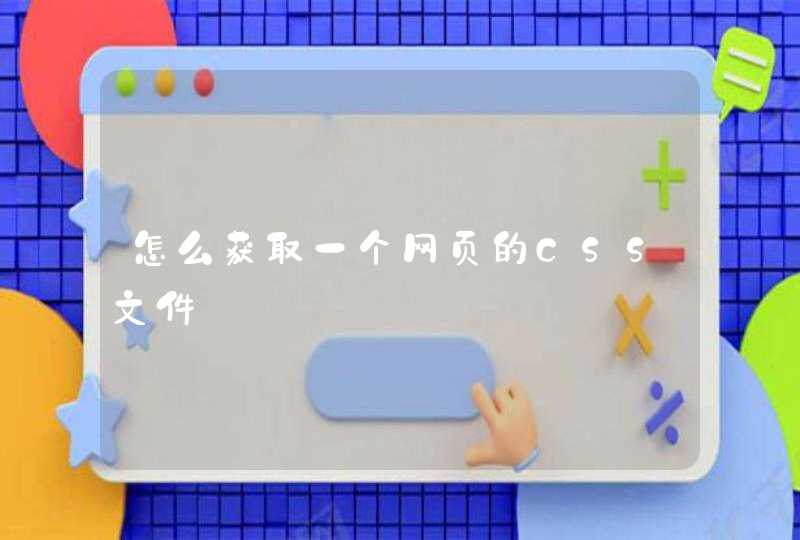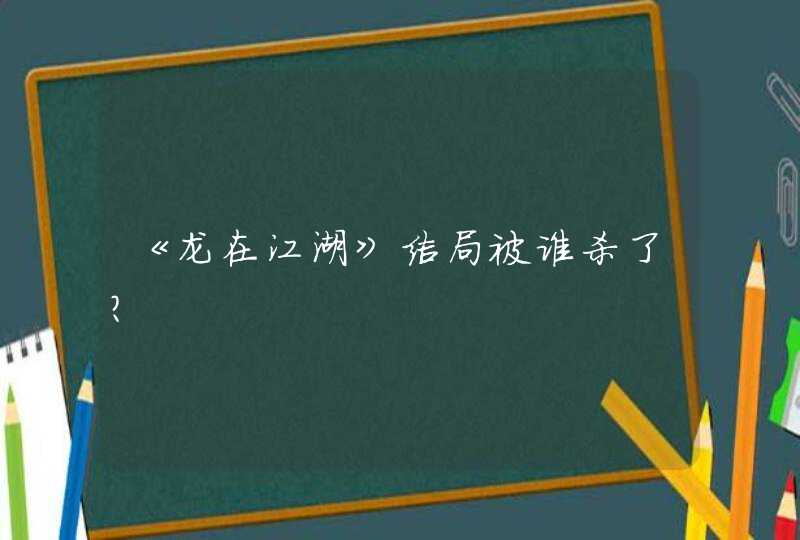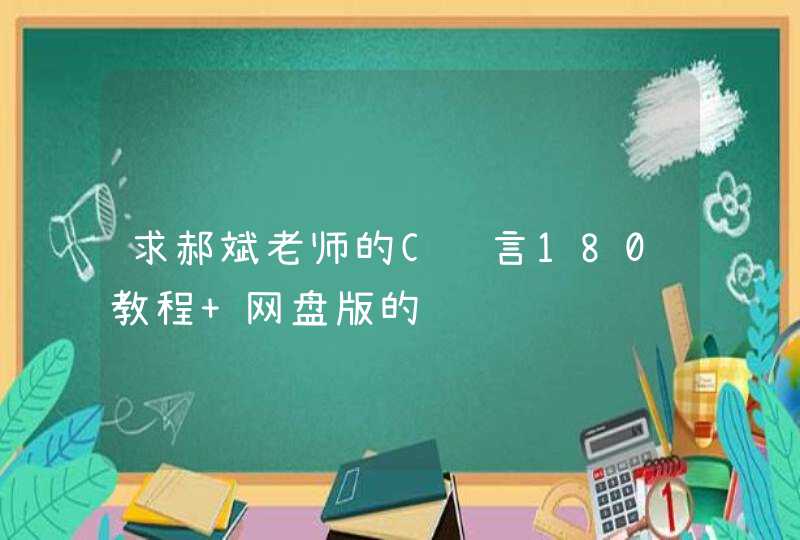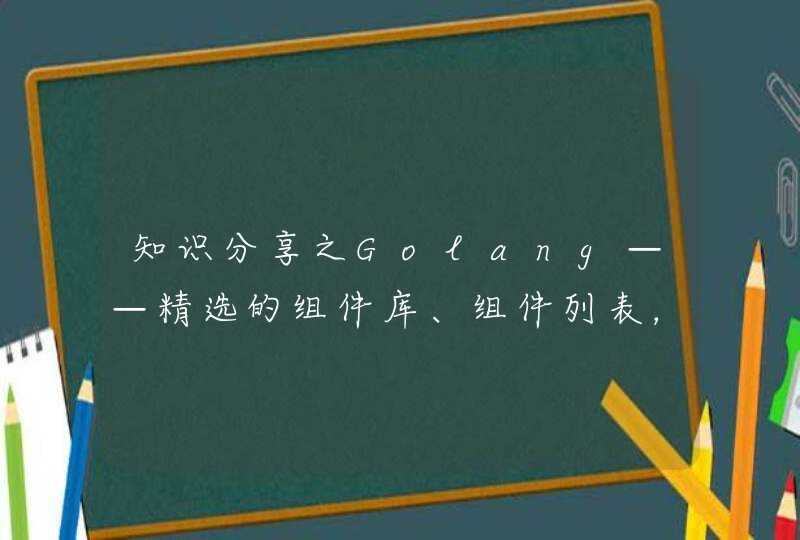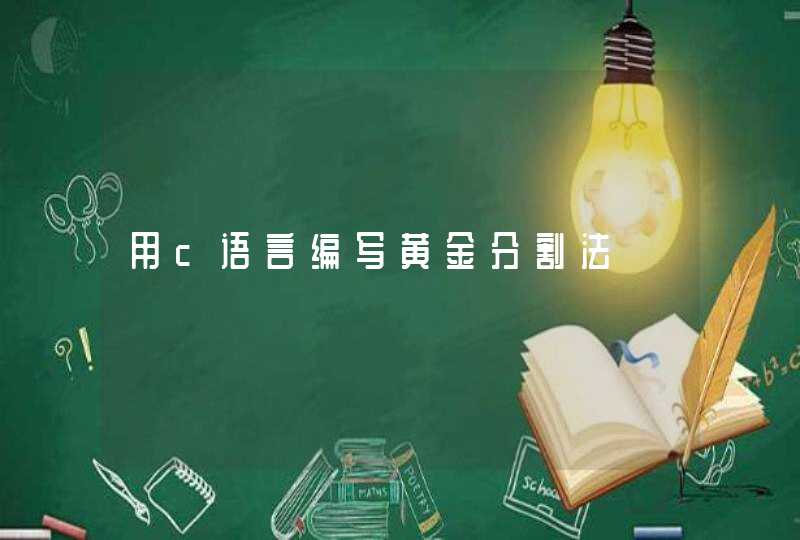
window,document,getElementById这些属于浏览器的DOM,当javascript在浏览器中运行的时候,浏览器属于宿主,然后这些window之类的是宿主提供的对象,js可以获取到并调用而已。
也就是说,js这么语言是可以运行在很多地方的,不仅仅是浏览器,比如Rhino,jsshell等等,他们都可以跑javascript,然后为其提供宿主环境
所以,严格来说,window,document,getElementById这些不属于javascript语言的范畴,所以手册上找不到
你需要找一本讲javascript编程的书,一般都会有这样的章节:客户端的javascript,大部分都是讲浏览器中的javascript,就会介绍上面说的那些方法
一,js中对象继承js中有三种继承方式
1.js原型(prototype)实现继承
复制代码 代码如下:
<SPAN style="BACKGROUND-COLOR: #ffffff"><SPAN style="FONT-SIZE: 18px"><html>
<body>
<script type="text/javascript">
function Person(name,age){
this.name=name
this.age=age
}
Person.prototype.sayHello=function(){
alert("使用原型得到Name:"+this.name)
}
var per=new Person("马小倩",21)
per.sayHello()//输出:使用原型得到Name:马小倩
function Student(){}
Student.prototype=new Person("洪如彤",21)
var stu=new Student()
Student.prototype.grade=5
Student.prototype.intr=function(){
alert(this.grade)
}
stu.sayHello()//输出:使用原型得到Name:洪如彤
stu.intr()//输出:5
</script>
</body>
</html></SPAN></SPAN>
2.构造函数实现继承
复制代码 代码如下:
<SPAN style="FONT-SIZE: 18px"><html>
<body>
<script type="text/javascript">
function Parent(name){
this.name=name
this.sayParent=function(){
alert("Parent:"+this.name)
}
}
function Child(name,age){
this.tempMethod=Parent
this.tempMethod(name)
this.age=age
this.sayChild=function(){
alert("Child:"+this.name+"age:"+this.age)
}
}
var parent=new Parent("江剑臣")
parent.sayParent()//输出:“Parent:江剑臣”
var child=new Child("李鸣",24)//输出:“Child:李鸣 age:24”
child.sayChild()
</script>
</body>
</html></SPAN>
3.call , apply实现继承
复制代码 代码如下:
<SPAN style="FONT-SIZE: 18px"><html>
<body>
<script type="text/javascript">
function Person(name,age,love){
this.name=name
this.age=age
this.love=love
this.say=function say(){
alert("姓名:"+name)
}
}
//call方式
function student(name,age){
Person.call(this,name,age)
}
//apply方式
function teacher(name,love){
Person.apply(this,[name,love])
//Person.apply(this,arguments)//跟上句一样的效果,arguments
}
//call与aplly的异同:
//1,第一个参数this都一样,指当前对象
//2,第二个参数不一样:call的是一个个的参数列表;apply的是一个数组(arguments也可以)
var per=new Person("武凤楼",25,"魏荧屏")//输出:“武凤楼”
per.say()
var stu=new student("曹玉",18)//输出:“曹玉”
stu.say()
var tea=new teacher("秦杰",16)//输出:“秦杰”
tea.say()
</script>
</body>
</html></SPAN>
二、call和apply的用法(详细介绍)
js中call和apply都可以实现继承,唯一的一点参数不同,func.call(func1,var1,var2,var3)对应的apply写法为:func.apply(func1,[var1,var2,var3])。
JS手册中对call的解释:
复制代码 代码如下:
<SPAN style="FONT-SIZE: 18px">call 方法
调用一个对象的一个方法,以另一个对象替换当前对象。
call([thisObj[,arg1[, arg2[, [,.argN]]]]])
参数
thisObj
可选项。将被用作当前对象的对象。
arg1, arg2, , argN
可选项。将被传递方法参数序列。
说明
call 方法可以用来代替另一个对象调用一个方法。call 方法可将一个函数的对象上下文从初始的上下文改变为由 thisObj 指定的新对象。
如果没有提供 thisObj 参数,那么 Global 对象被用作 thisObj。</SPAN>
说简单一点,这两函数的作用其实就是更改对象的内部指针,即改变对象的this指向的内容。这在面向对象的js编程过程中有时是很有用的。下面以apply为例,说说这两个函数在 js中的重要作用。如:
复制代码 代码如下:
<SPAN style="FONT-SIZE: 18px">function Person(name,age){ //定义一个类
this.name=name//名字
this.age=age //年龄
this.sayhello=function(){alert(this.name)}
}
function Print(){//显示类的属性
this.funcName="Print"
this.show=function(){
var msg=[]
for(var key in this){
if(typeof(this[key])!="function"){
msg.push([key,":",this[key]].join(""))
}
}
alert(msg.join(" "))
}
}
function Student(name,age,grade,school){//学生类
Person.apply(this,arguments)//比call优越的地方
Print.apply(this,arguments)
this.grade=grade //年级
this.school=school//学校
}
var p1=new Person("卜开化",80)
p1.sayhello()
var s1=new Student("白云飞",40,9,"岳麓书院")
s1.show()
s1.sayhello()
alert(s1.funcName)</SPAN>
另外,Function.apply()在提升程序性能方面有着突出的作用:
我们先从Math.max()函数说起,Math.max后面可以接任意个参数,最后返回所有参数中的最大值。
比如
复制代码 代码如下:
<SPAN style="FONT-SIZE: 18px">alert(Math.max(5,8)) //8
alert(Math.max(5,7,9,3,1,6)) //9
//但是在很多情况下,我们需要找出数组中最大的元素。
var arr=[5,7,9,1]
//alert(Math.max(arr)) // 这样却是不行的。NaN
//要这样写
function getMax(arr){
var arrLen=arr.length
for(var i=0,ret=arr[0]i<arrLeni++){
ret=Math.max(ret,arr[i])
}
return ret
}
alert(getMax(arr))//9
//换用apply,可以这样写
function getMax2(arr){
return Math.max.apply(null,arr)
}
alert(getMax2(arr))//9
//两段代码达到了同样的目的,但是getMax2却优雅,高效,简洁得多。
//再比如数组的push方法。
var arr1=[1,3,4]
var arr2=[3,4,5]
//如果我们要把 arr2展开,然后一个一个追加到arr1中去,最后让arr1=[1,3,4,3,4,5]
//arr1.push(arr2)显然是不行的。 因为这样做会得到[1,3,4,[3,4,5]]
//我们只能用一个循环去一个一个的push(当然也可以用arr1.concat(arr2),但是concat方法并不改变arr1本身)
var arrLen=arr2.length
for(var i=0i<arrLeni++){
arr1.push(arr2[i])
}
//自从有了Apply,事情就变得如此简单
Array.prototype.push.apply(arr1,arr2)//现在arr1就是想要的结果</SPAN>





